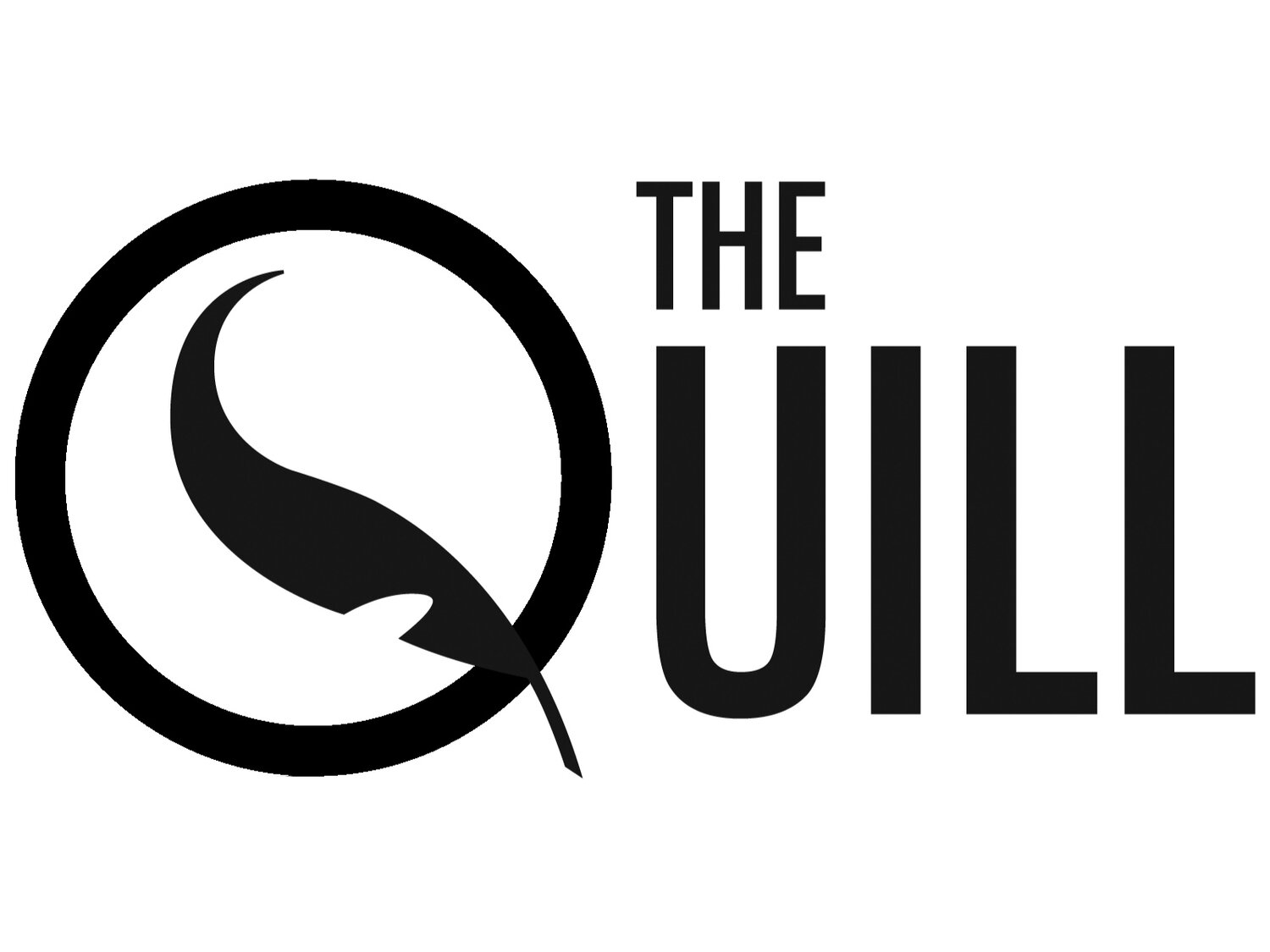John O'Dwyer plays in a game of hurling in the 2014 National Hurling League. (Credit: Seaninryan/Wikimedia Commons under CC-BY-SA 3.0)
One of the more popular sports in Ireland shares a name that we North Americans more commonly associate with the flu or a rather exuberant night out at the bar: hurling. Hurling is a hybrid between lacrosse and baseball, and has been a team sporting event in Ireland since before history was recorded. The concept of the sport is to take a wooden stick – the hurley – and hit a small ball called a silotar between the other team’s goal posts. If the silotar is hit above the crossbar it is one point or under it is three. It can be caught and carried no more than four steps, struck whilst in the air (like in baseball), or hit on the ground (like in field hockey). The silotar can be passed by kicking it to another player or slapping with an open-palmed hand. If a player wishes to move more than four steps with the silotar, they must bounce or balance it on the edge of the hurley, but only twice per possession.
Hurling is a sport of Gaelic origin, and is therefore governed by the Gaelic Athletic Association (GAA). While hurling is an exclusively male sport, there is a female equivalent called camogie. The teams consist of 15 players: a goalkeep, three halfbacks, three full backs, two midfielders, three half forwards, and three full forwards. A full roster will consist of 24-30 players, allowing for up to five substitions per game, although exceptions can be made in the case of blood substitutes – that is, when a player is injured to the point of being unable to play. There is technically no contact in hurling, although there are loop holes that allow for tackles, slashes, and hitting other players with a hurley. The GAA has been working on instituting policies to lower hurling-related injuries, such as the January 2010 addition of helmets. Prior to that point, players wore no protective equipment at all.
Hurling is an exceptionally fast paced game, and each match lasts 70 minutes, 35 minutes in each half. There are a number of videos on YouTube for those interested in observing a match. The rules can be difficult to understand for those who are unfamiliar with the game, but the same can be said about those who are new to basketball or hockey. Check out a new sport and appreciate a taste of Irish culture – or just rewatch Michael Flatley, Lord of the Dance (no judgement, river dancing is mesmerizing)!
Republished from The Quill print edition, Volume 107, Issue 25, March 14th, 2017.
